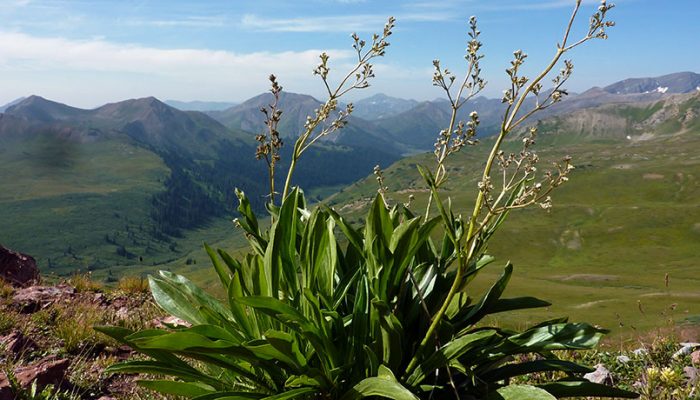
As climate change progresses, widespread changes in phenotypes in many plant populations are bing observed by scientists around the world. For instance in alpine areas, dominant plant species on lower altitude are shifting towards higher altitude as they adapt to increasing temperatures, thereby competing with high-altitude native plant species. In a recent study by Petry et al. (2016) it was shown that responses to climate change in the plant Valeriana edulis (valerian) are strongly sex-specific, thereby reducing pollen limitation and increasing seedset under climate change scenarios. By comparing the presence of female and male valerian plants at different elevations (from 2500 to 3600m) along slopes in the Rocky Mountains of Colorado, they found that climate change is impacting the sex ratio of plants along their elevation range, with a higher presence of female plants high on the mountain as compared to male plants. As these ratios of female to male plants are changing faster than species are moving uphill, they might be a much more rapid trait to detect responses of plant communities to climate change than migration patterns.
To read more about this research on how warming alters mountain plant´s sex rations in the Rocky mountains, check out the article by Petry et al. (2016).

Pingback: GeoLog | Looking back at the EGU Blogs in 2016: a competition